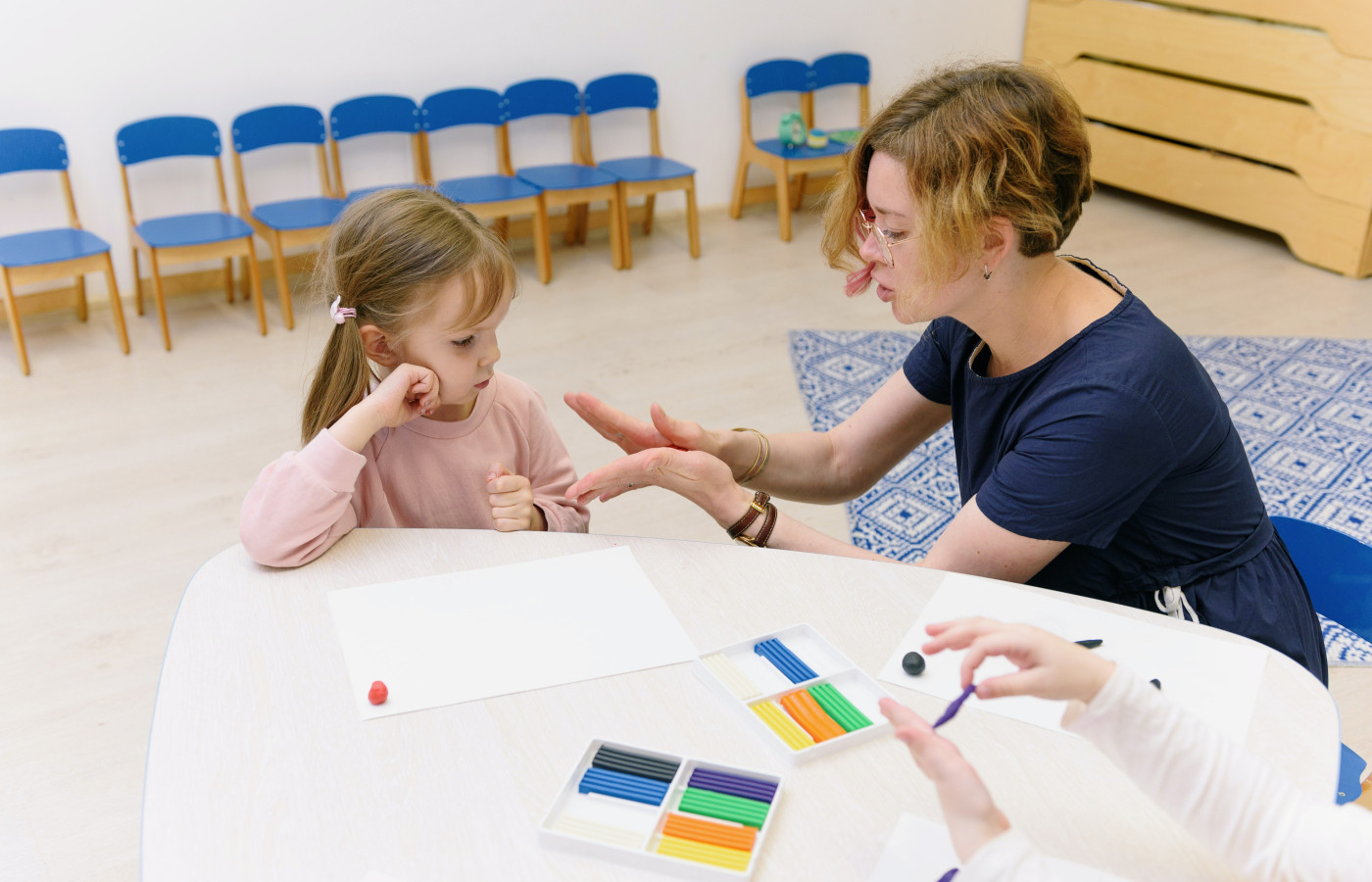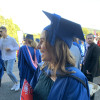Bird Sculptures

Bird Sculptures
Making bird scultpures using clay and found natural materials
Materials Required
- Clay or play-dough
- If you are using clay, mix some water and clay together to create slip (for joining pieces of clay together)
- Natural loose parts such as leaves, pebbles, sticks etc.
Books with images of birds for inspiration
Play experience profile
-
Ages:
-
Min Playtime30 - 45 Minutes
-
Skills
-
Energy LevelActive play
-
Messiness Rating
-
EYLF Outcomes
Play Experience Preparation
Go for a walk around outside with your child to collect natural materials such as leaves, flowers, and sticksExperience Steps
- Discuss with your child the features of a bird. Although birds can look very different they all have a beak, a head, body, wings and legs.
- Work alongside your child so that your child can observe how you engage with the materials
- You may begin by making a triangle beak by pinching the clay
- Roll the clay into a ball to create the head and then join the beak and head together either by scoring (crosshatching) the clay and adding slip as glue or simply pressing it on.
- Next roll the clay into a body-like shape and use the same technique as above to join the body and head together.
- Use the natural materials to add detail to the bird such as wings, eyes, feet etc.
- As you work, discuss with your child the similarities and differences of birds and of the bird sculptures you are creating e.g. "Our birds both have beaks, your bird had a stick beak and my bird has a clay beak".

What to talk about, or questions to ask during the experience
- Techniques: Roll, pinch, squish, flatten, smooth
- Shape: Circle, Triangle, Round, Rectangle
- Size: small, large
Build on this...
- Use other visual art forms to represent birds such as drawing or painting
- Create a tally and collect data on the kinds of birds you find around your home.
- Investigate birds further by researching using other books, documentaries, the internet or observing birds in your environment.
WHO guidelines for physical activity and sedentary behaviour
Provide evidence-based public health recommendations for children, adolescents and adults on physical activity.
Learn more
Provide evidence-based public health recommendations for children, adolescents and adults on physical activity. Learn more
You and your child will engage in physical activity as you walk around outside looking for natural materials to use.
EYLF Outcomes
The Early Years Learning Framework has been designed for use by early childhood educators working in partnership with families, children’s first and most influential educators.
View PDF
The Early Years Learning Framework has been designed for use by early childhood educators working in partnership with families, children’s first and most influential educators. View PDF
- Children express ideas and make meaning using a range of media
- Children interact verbally and non-verbally with others for a range of purposes
EYLF Principle
Principle 3: High expectations and equity. Children progress well when they, their parents and educators hold high expectations for their achievement in learning.
EYLF Practice
Practice: Learning through play. Play can expand children’s thinking and enhance their desire to know and to learn. In these ways play can promote positive dispositions towards learning. Children’s immersion in their play illustrates how play enables them to simply enjoy being.
This experience was inspired by the Discovery at Home Experience 'Clay Birds' which you can was [here](https://www.youtube.com/watch?v=onzKlAIvO9w&list=PLGi2D8KReK3AG0h0NValUPFwAyq4Kmp6i&index=7&ab_channel=UOWEarlyStart)
Author:


